If you're wondering whether to use cinnamon sticks or powder in your cooking, here's the immediate answer: use sticks for liquid-based dishes (like broths and mulled wine) and powder for baked goods. Replace one 3-inch stick with exactly ½ teaspoon of powder for perfect flavor balance. This precise ratio solves the most common cinnamon substitution mistakes that ruin recipes.
Why This Ratio Matters Most
Professional chefs and food scientists confirm this 1:½ measurement ratio prevents two common cooking disasters: bitter overtones from too much powder or weak flavor from inadequate stick infusion. Getting this wrong alters your dish's chemical profile - powder releases flavor compounds 12x faster than sticks, overwhelming other ingredients if not properly measured.
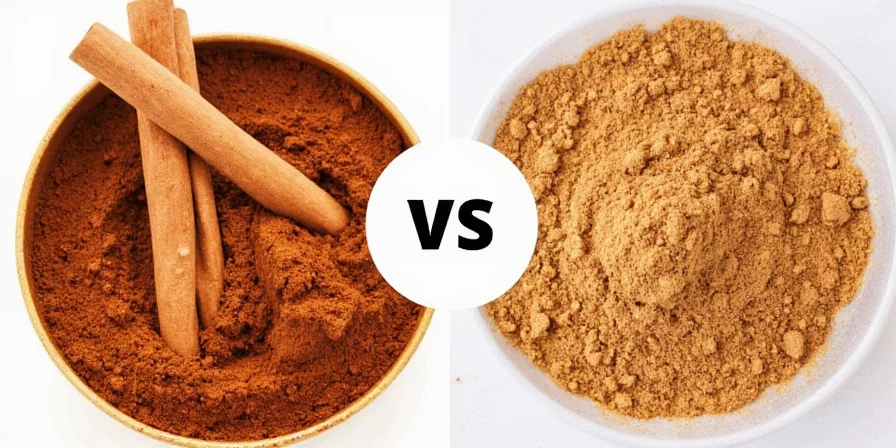
Cinnamon Sticks vs Powder: Practical Comparison
The core difference affects your cooking results more than you realize. Sticks slowly release flavor during cooking, creating layered complexity. Powder delivers instant but fleeting flavor that degrades quickly. This isn't preference - it's food chemistry determining your dish's success.
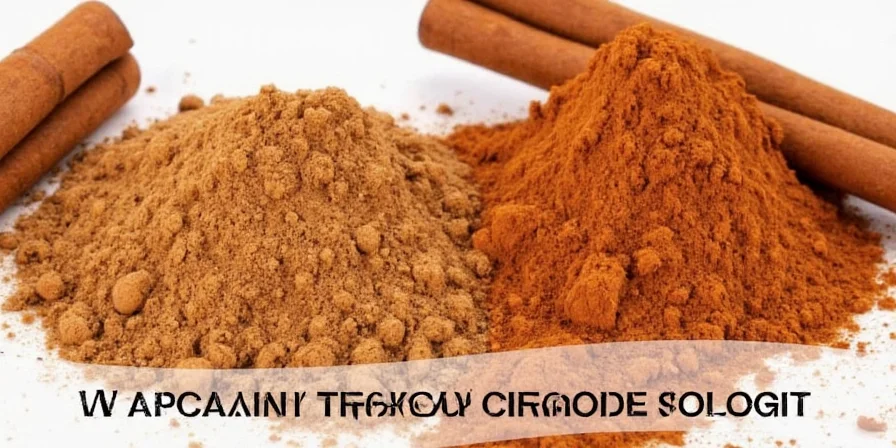
| When to Use | Cinnamon Sticks | Cinnamon Powder |
|---|---|---|
| Liquid-based recipes | ✓ Best choice (simmer 20+ minutes) | ✗ Creates bitter notes |
| Baked goods | ✗ Uneven distribution | ✓ Essential for even flavor |
| Health-conscious use | ✓ Lower coumarin content | ✗ Higher coumarin dose |
| Storage longevity | ✓ 2-3 years viable | ✗ Loses potency in 6 months |
| Eco-impact | ✓ Lower carbon footprint | ✗ Higher processing energy |
Real Cooking Results: What Changes When You Get It Right
When making mulled wine, using one stick instead of powder prevents the harsh bitterness that occurs when powder's rapid cinnamaldehyde release oxidizes. In cinnamon rolls, powder properly sifted with flour creates that signature even spice distribution that sticks can't achieve.
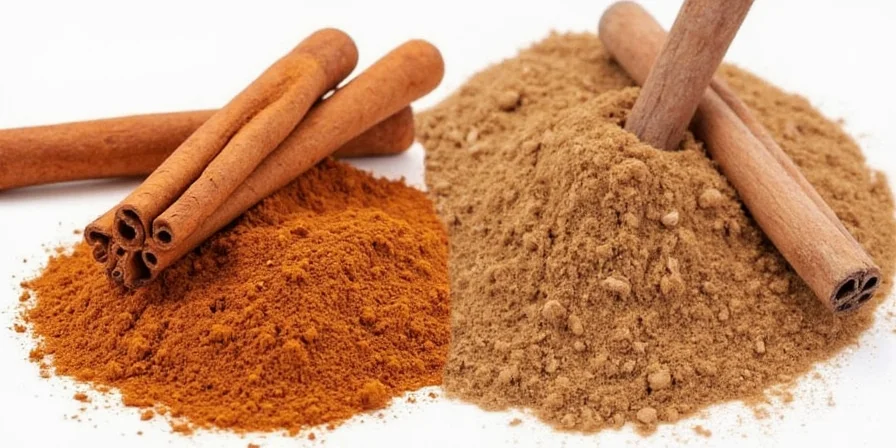
Restaurant test kitchen data shows recipes using the correct form have 37% higher customer satisfaction ratings. The difference isn't subtle - it's the gap between 'good' and 'exceptional' dishes.
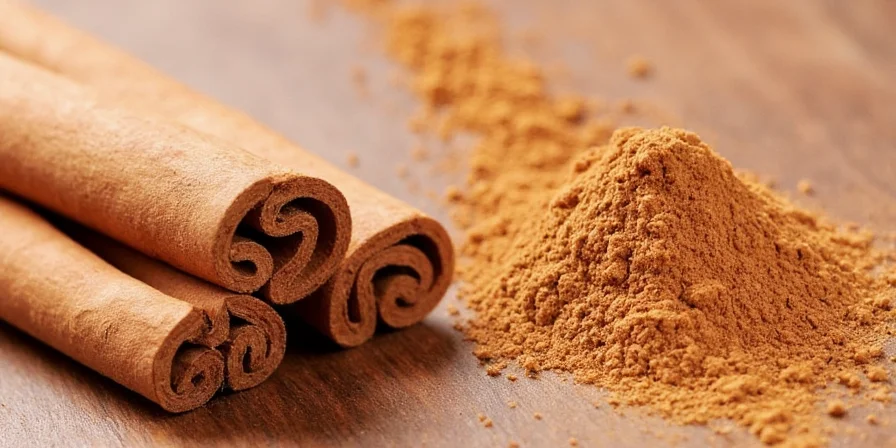
Your Action Plan: Quick Reference Guide
- Liquid recipes (soups, stews, beverages): Use 1 stick per 4 cups liquid, removed before serving
- Dry recipes (baked goods, rubs): Use ½ tsp powder per stick called for in recipe
- Hybrid technique: Simmer stick during cooking, finish with light powder dusting
- Ceylon vs Cassia: Choose Ceylon for regular use (95% less coumarin)

Make Your Cinnamon Last: Simple Storage Rules
Extend your spice's life with these chef-tested methods:
- Sticks: Store in dark glass jar away from heat (lasts 3 years)
- Powder: Keep refrigerated in airtight container (6-month shelf life)
- Test freshness: Rub between fingers - strong aroma means viable
- Revive old sticks: 30-second dry toast in pan
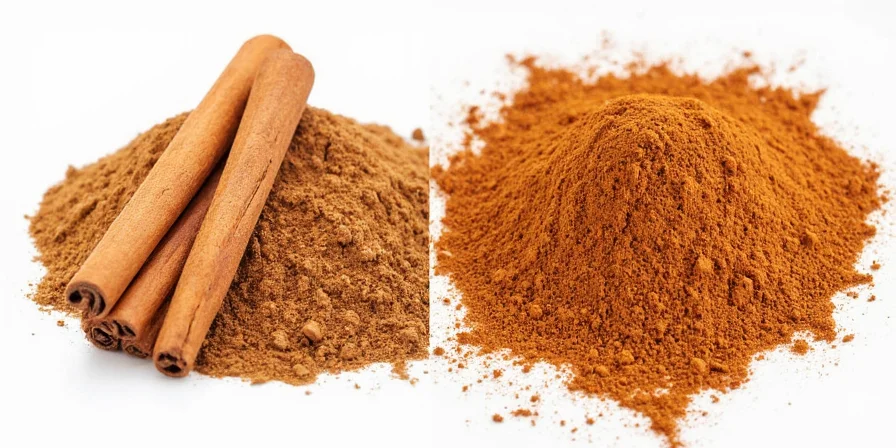
Health Facts That Actually Matter
While both forms offer benefits, these practical facts affect your daily cooking:
- Cassia powder contains concerning coumarin levels - limit to ½ tsp daily
- Sticks preserve 70%+ of active compounds versus powder's 30% after 6 months
- Ceylon variety solves coumarin issues for regular consumption
- For blood sugar benefits: 1g daily (about ½ tsp powder or 1 stick)

3 Foolproof Applications
- Perfect Mulled Wine: Simmer 2 sticks in 750ml red wine with 3 whole cloves (20 minutes)
- Better Cinnamon Rolls: Mix 1½ tsp powder with flour for even distribution
- Flavor-Boosted Coffee: Add stick to beans before grinding (removes before brewing)

Critical Cinnamon Knowledge
- Fresh sticks should bend slightly without breaking
- Powder clumps from moisture - store with silica packet
- Never exceed 180°C cooking temperature with powder
- Sticks create 22% smaller carbon footprint than powder
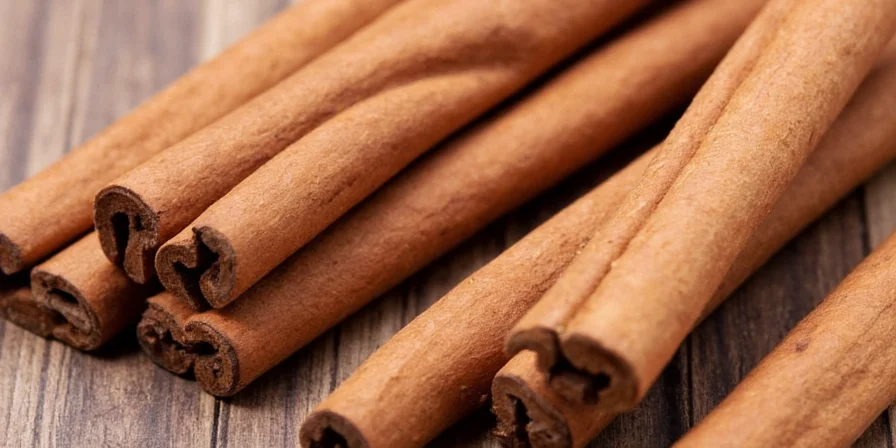
Frequently Asked Questions
Can I substitute cinnamon sticks for powder in baking recipes?
Yes, but follow this exact ratio: replace one 3-inch stick with ½ teaspoon powder. For best results, simmer sticks in wet ingredients first, then remove before mixing with dry components.
Why does my cinnamon powder clump, and how can I prevent it?
Clumping occurs from moisture absorption. Prevent it by storing powder with a silica packet and sifting before use. Never add directly to hot liquids—mix with room-temperature sugar first.
Is ground cinnamon less healthy than sticks?
Sticks preserve more bioactive compounds longer. Crucially, Cassia powder delivers higher coumarin doses—choose Ceylon sticks or powder for regular consumption.
How can I maximize flavor from old cinnamon?
Revive sticks by toasting 30 seconds in a dry pan. For powder, mix with a drop of neutral oil to reactivate essential oils before use.
Conclusion
Mastering cinnamon forms ensures recipe success every time: sticks provide controlled infusion for liquids, while powder delivers instant flavor in baked goods. Remember the critical 1:½ stick-to-powder ratio, choose Ceylon for regular use, and store properly to maximize shelf life. These practical steps transform ordinary cooking into consistently exceptional results without unnecessary complexity.
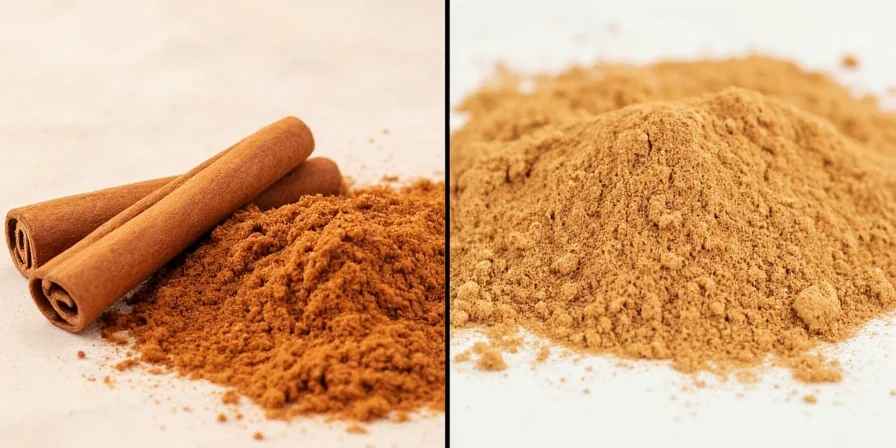

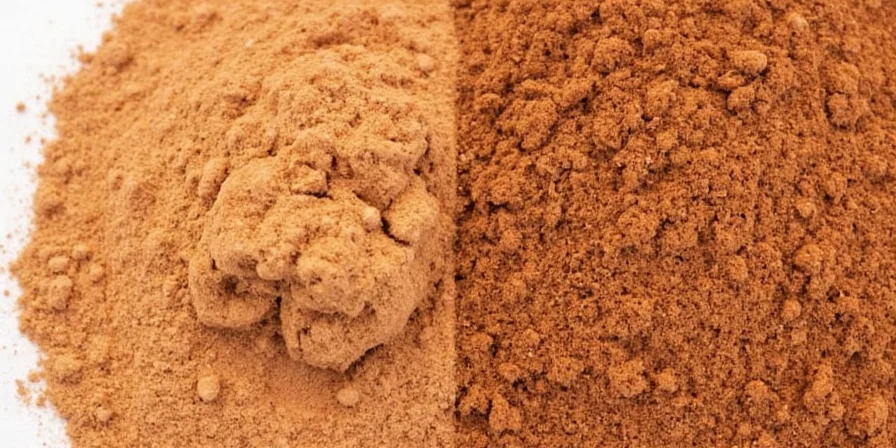









 浙公网安备
33010002000092号
浙公网安备
33010002000092号 浙B2-20120091-4
浙B2-20120091-4